This roundup of the best things to see at the American Museum of Natural History was written by Alejandro Beltran, co-founder of New York Simply (an official partner of Apple Maps).
I live a mere two blocks from the American Museum of Natural History (AMNH). Visiting as often as I do, I’ve slowly discovered some of the best things to see at the American Museum of Natural History. From an impressive taxidermy display of the world’s most glorious creatures to artifacts from outer space, here’s some of the exhibits you don’t want to miss.
Visiting New York City? If you haven’t decided where to stay (yet) check out our helpful guide on Where to Stay in New York City (The best neighborhoods for first timers +3 to avoid). Don’t have time? Here’s our favorite hotel in NYC, hands down.
Tips for Visiting the American Museum of Natural History
Don’t Rush the Experience
Spanning 2.5 million square feet, there’s so much to see at the American Museum of Natural History that you won’t be able to cover must ground in a single visit. Instead of trying to qualify for the Olympics while running around the museum, pick a few non-negotiable exhibits at the AMNH and take your time gaining a deeper appreciation. Take it slowly and you’ll be setting yourself up for success!
Pay What You Wish
Residents of the Tri-State area (New York, New Jersey, Connecticut) still have to book tickets online in advance, but there’s an option to “pay what you wish.” You’ll need to show ID when you arrive at the museum.
Photos are Okay
Unless specific exhibits state otherwise, visitors are allowed to take photos. However, tripods and flash photography is not allowed.
Best Things to See at the American Museum of Natural History
Table of Contents: Must-See Exhibits at the American Museum of Natural History
Table of Contents: American Museum of Natural History Guide
- Tips for Visiting the American Museum of Natural History
- Best Things to See at the American Museum of Natural History
- The African Elephants
- The Blue Whale
- Willamette Meteorite
- T-Rex
- Aztec Stone of the Sun
- Mammoth
- The Davis Family Butterfly Vivarium (Admission Required)
- Rapa Nui (Easter Island) Moai Cast
- Triceratops
- Sequoia Round
- Amethyst Crystals
- Hayden Planetarium (Additional Admission Required)
- Bonus: The Big Bang Theater
- Lucy
- Folsom Spear Point
- American Museum of Natural History Self-Guided Tour (Post Summary)
- Map of the Best Things to See at the American Museum of Natural History
- More Helpful Links:
The African Elephants
Located in the middle of the Akeley Hall of African Mammals, swing by the herd of African Elephants to experience the colossal size of these remarkable mammals. One of the elephants was hunted during a 1909 African expedition by none other than Theodore Roosevelt. Most folks only see elephants in zoos (from a distance). But at the musuem, visitors get a chance to stand alongside the largest (land) mammal in the world. All this to say, the herd of African Elephants are a must-see at the American Museum of Natural History.
The Blue Whale
Located in the Hall of Ocean Life, the Blue Whale is one of the most popular attractions at the American Museum of Natural History. This life-sized model, suspended from the ceiling, represents the largest animal known to have ever existed on Earth.
Measuring nearly 100 feet long, the whale’s size is equivalent to three school buses or a Boeing 737. Visitors can learn about the biology, behavior, and conservation of blue whales through this iconic exhibit. You really can’t appreciate the size of this massive mammal until your standing right below it, don’t miss the opportunity!
Willamette Meteorite
The Willamette Meteorite, also known by the Clackamas people as Tomanowos, is the largest meteorite found in the United States and the sixth largest in the world. It was discovered in the Willamette Valley in Oregon in 1902. Weighing over 15.5 tons, the meteorite is mostly composed of iron and nickle and measures approximately 10.5 feet long, 6.5 feet wide and 4 feet deep.
Scientist believe that the meteorite originated from the asteroid belt between Mars and Jupiter and traveled through space for millions of years before landing on Earth. The thumbprint-like depressions were formed during the meteor’s fiery descent through the atmosphere. Whether you’re interested in the cosmos or not, one thing is certain: the Willamette Meteorite is one of the best things to see at the American Museum of Natural History.
T-Rex
Barnum Brown is arguably the most prolific paleontologist of all time. Nicknamed “Mr. Bones” he joined the American Museum of Natural History in 1897 and discovered the first Tyrannosaurus Rex in the world in 1902. Six years later, he discovered a second (nearly complete specimen) in Montana. The guy hack a knack for this thing, no?
Upon the discovery in Montana, the skeleton was shipped to the American Museum of Natural History, where it remains to this day. And while the T-Rex has been inspired visitors for over a century, there’s no denying that his most famous stint came from his role in Night at the Museum (fetch boy!).
Taking in the grandeur of the world’s most famous predator is definitely one of the best things to see at the American Museum of Natural History.
Aztec Stone of the Sun
The Aztec Stone of the Sun (known as the Calendar Stone) is a significant Aztec monument carved from a single piece of stone. Weighing more than 20 tons, it features symbols that emphasize the Sun’s role in Aztec religion and astronomy. Famously known for its depiction of the Aztec cosmological periods, this artifact reflects the civilization’s sophisticated calendar system and their deep reverence for celestial bodies, particularly the sun.
Mammoth
One of my favorite things to see at the American Museum of Natural History is the colossal standing skeleton of a mammoth, identified as Mammuthus, which was discovered in Indiana. The Mammuthus shouldn’t be confused with its smaller cousin, Mammuthus Primigenius, aka the woolly mammoth (whose hairstyle was all the rage in the Pleistocene era). This particular mammoth was larger but did not have the long, coarse hair.
The exhibit also includes the mummified remains of “Effie,” a baby woolly mammoth found in 1948 in Alaska (the remains were preserved in frozen ground for 21,000 years). Whether you were introduced through the movie Ice Age or textbooks, the mammoth is one of the most beloved prehistoric creatures, which is why this is a must-see exhibit at the American Museum of Natural History!
The Davis Family Butterfly Vivarium (Admission Required)
Open from November to May, the Butterfly Conservatory is one of the best things to see at the American Museum of Natural History for kids. Over 80 species of butterflies from around the world call the 80 degree conservatory home. (80 degrees in NYC during winter? I’d love to call it home too.)
The butterflies have a curated habitat similar where visitors get to watch them interact much like they would in the wild. The butterflies feed, mate (cover your eyes, kids) and even crawl around on visitor’s hands every once in a while.
Since this is one of the most popular exhibits at the American Museum of Natural History, an additional ticket (beyond general admission) is required. When booking tickets, you’ll need to select “General Admission + One” which includes entry to the vivarium ($34 for adults, $20 for children).
Rapa Nui (Easter Island) Moai Cast
Remember how the Easter Island Head in Night at the Museum loved eating gum and calling Larry, “Dum Dum?” Well, there’s no guarantee that the Easter Island Moai Cast will degrade you or harass you for gum, he’s still worth a detour.
This plaster cast was made from a mold secured during the museum’s 1934-1935 expedition to Rapa Nui (also known as Easter Island). Located in the Margaret Mead Hall of Pacific Peoples, this cast represents one of the 887 revered moai statues on Rapa Nui, known for their significance in local culture and religion.
The 887 Moai statues on Easter Island are iconic monolithic figures carved by the Rapa Nui people from volcanic tuff. Located chiefly along the island’s coastlines and facing inland towards the villages, these statues are believed to represent deified ancestors, watching over the community. Their creation and transportation has been puzzling travelers for years. Any way you slice it, seeing the Easter Island Moai cast should be included on a self-guided tour of the American Museum of Natural History.
Triceratops
Did you know that the American Museum of Natural History in NYC displays a 65-million-year-old Triceratops skeleton? It’s true! An interesting aspect of the exhibit is a visible injury on the side of the skull (possibly from a conflict with another dinosaur). The skull of a triceratops is so large that it makes up nearly a third of the length of the body (the more you know, right?). This is a must-see at the American Museum of Natural History for dinosaur enthusiasts.
Sequoia Round
This cross-cut section of a giant sequoia comes from a tree that stood over 300 feet tall before it was felled in California in 1891. For context, the General Sherman Tree in Sequoia National Park is the currently considered the largest tree in the world at 275 feet. The exhibit emphasizes the sequoia’s remarkable characteristics, including its fire-resistant bark and natural resistance to disease.
By counting the age rings on the round visitors get a glimpse into the history of the world. It really puts into perspective not only how massive the tree was, but how long it lived. For context, when this tree spouted 1,400 years ago, the English language didn’t even exist! No wonder Theodore Roosevelt admired these giants so much!
Amethyst Crystals
Public service announcement: there’s a giant amethyst geode housed at the Mignone Hall of Gems and Minerals. This remarkable specimen showcases quartz crystals that formed nearly 135 million years ago through a hydrothermal process involving hot water to transport dissolved minerals. Weighing 12,000 pounds, It’s more than 9 feet tall!
Even though the crystals formed quickly (probably within a year), it took them millions of years to turn into the purple amethyst we see today. At first glance, it’s easy to assume you’ve accidentally stepped into the planetarium (the geode is out of this world!). But, I assure you, this geode hails from our planet and is one of best things to see at the American Museum of Natural History.
Hayden Planetarium (Additional Admission Required)
The Hayden Planetarium offers an immersive experience into space and astronomy. It features the impressive Space Show in the dome theater (25-minutes, additional admission required), which uses advanced visualization technology to explore the universe.
The planetarium is a hub for education and scientific research, providing insights into the cosmos through state-of-the-art exhibits and presentations. It’s a must-visit at the American Museum of Natural History for those interested in learning about the universe’s wonders.
Bonus: The Big Bang Theater
Located in the Planetarium, The Big Bang Theater presents a short 5-minute film played on a concave screen. Showing an actual representation of our universe (or what we know of it thus far) guests get to fly through space and see how our universe evolved into what it is today. The presentation touches on the Big Bang Theory and subsequent start of galaxies. Since it’s a quick detour, popping in is one of the best things to do at the American Museum of Natural History.
Lucy
First discovered in 1973, Lucy shook the world upon discovery. This is the most complete skeleton ever found of Australopithecus afarensis (a hominid that existed between 2-4 million years ago). The original skeleton is located in Ethiopia, but this replica is one of the best things to see at the American Museum of Natural History.
And in case you’re wondering, the skeleton gets its name from the Beatles song, “Lucy in the Sky with Diamonds.” The song was playing while the anthropologists celebrated their discovery.
Folsom Spear Point
Okay, why is something so teeny-tiny among the best things to see at the American Museum of Natural History? That’s because the Folsom Spear Point was found embedded in an extinct, 10,000 year old bison. Subsequently, it changed the way scientists viewed North America forever.
The small projectile told anthropologists that humans had been in North America much longer than they previously thought. During the early 20th century, scientists assumed humans had been in North American for roughly 3,000 years. The Folsom Spear Point more than tripled that number.
American Museum of Natural History Self-Guided Tour (Post Summary)
- The African Elephants
- The Blue Whale
- Willamette Meteorite
- T-Rex
- Aztec Stone of the Sun
- Mammoth
- Butterfly Conservatory (Additional Admission Required)
- Moai Head
- Triceratops
- Sequoia Round
- Amethyst Crystals
- Hayden Planetarium (Additional Admission Required)
- Lucy
- Big Bang Theater
- Folsom Spear Point
Frequently Asked Questions: American Museum of Natural History Guide
Don’t miss the iconic dinosaur exhibits, including the Tyrannosaurus rex and Apatosaurus skeletons, at the American Museum of Natural History.
The most famous exhibit at the American Museum of Natural History is the towering Tyrannosaurus rex skeleton known as “Sue.”
Yes, the American Museum of Natural History is definitely worth visiting for its extensive collection of fascinating exhibits, including dinosaurs, cultural artifacts, and interactive displays.
Visitors should plan to spend between two and four hours at the American Museum of Natural History. However, visitors can tailor their experience based on personal interests and the exhibits they choose to prioritize.
The choice between the Met and the Museum of Natural History depends on your preferences, with the Met offering an extensive art collection and cultural exhibits, while the Museum of Natural History focuses on natural history, including dinosaurs and scientific displays.
The American Museum of Natural History is suitable for all ages, but it is particularly enjoyable for children and adults interested in science, nature, and history.
Map of the Best Things to See at the American Museum of Natural History
More Helpful Links:
More Museums: 15 Exciting Museums in New York City (& What to See at Each)
What to See at The Met: 20 Epic Things to See at The Metropolitan Museum of Art (The Met) in NYC
Museums for Kids: 10+ Great Museums for Kids in New York City (Fun & Educational)
Interactive Museums: 10 Interactive Museums in New York City (You Need to Know About!)
Where to Eat After the Museum: 12 Tasty Restaurants on the Upper West Side (Worth the Trek)
Visiting Central Park After the Museum: 15 Enjoyable Things to Do in Central Park (Local’s Guide)
And there it is folks! Our roundup of the best things to see at The American Museum of Natural History! Let us know if we missed one of your favorites.
Cheers!
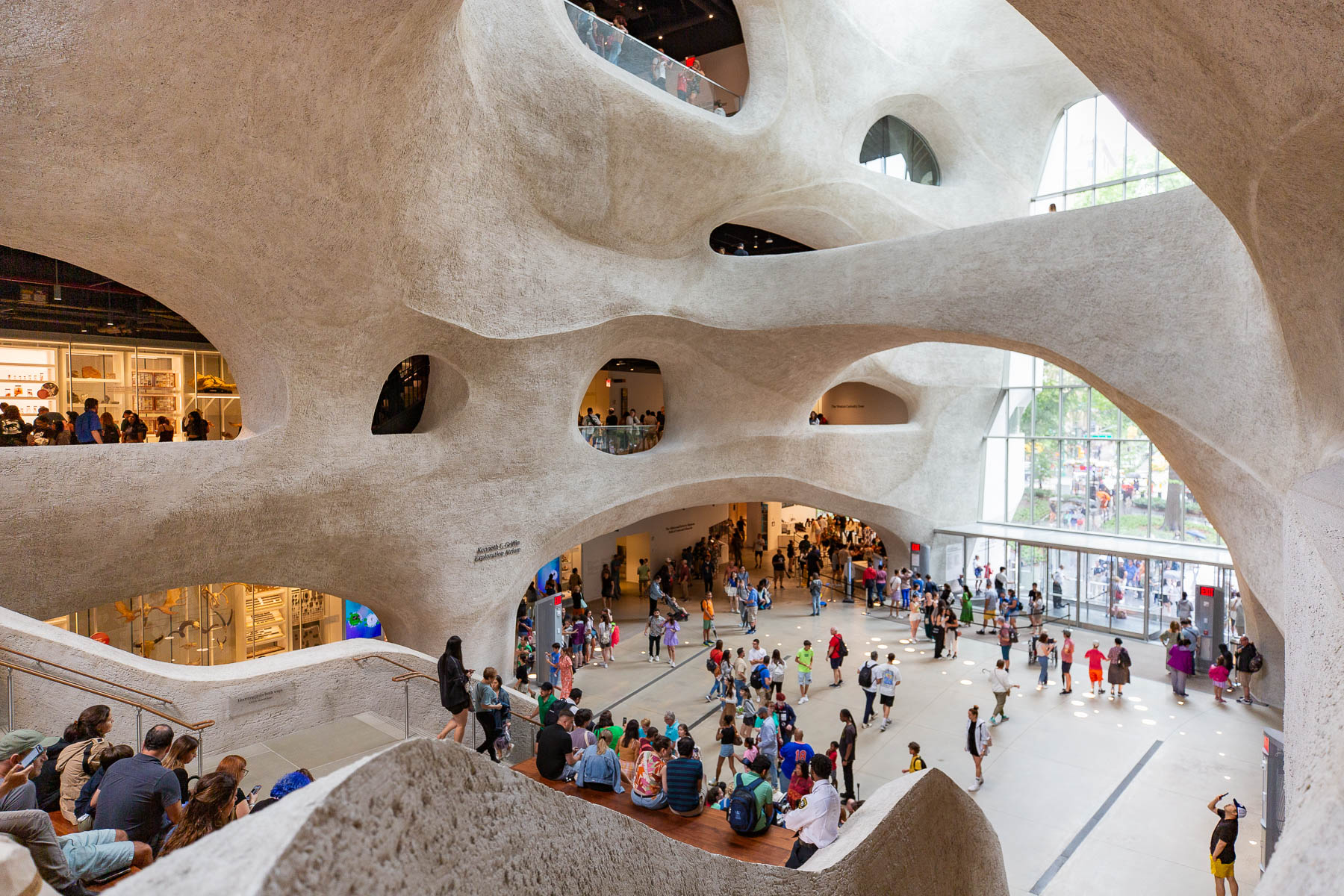
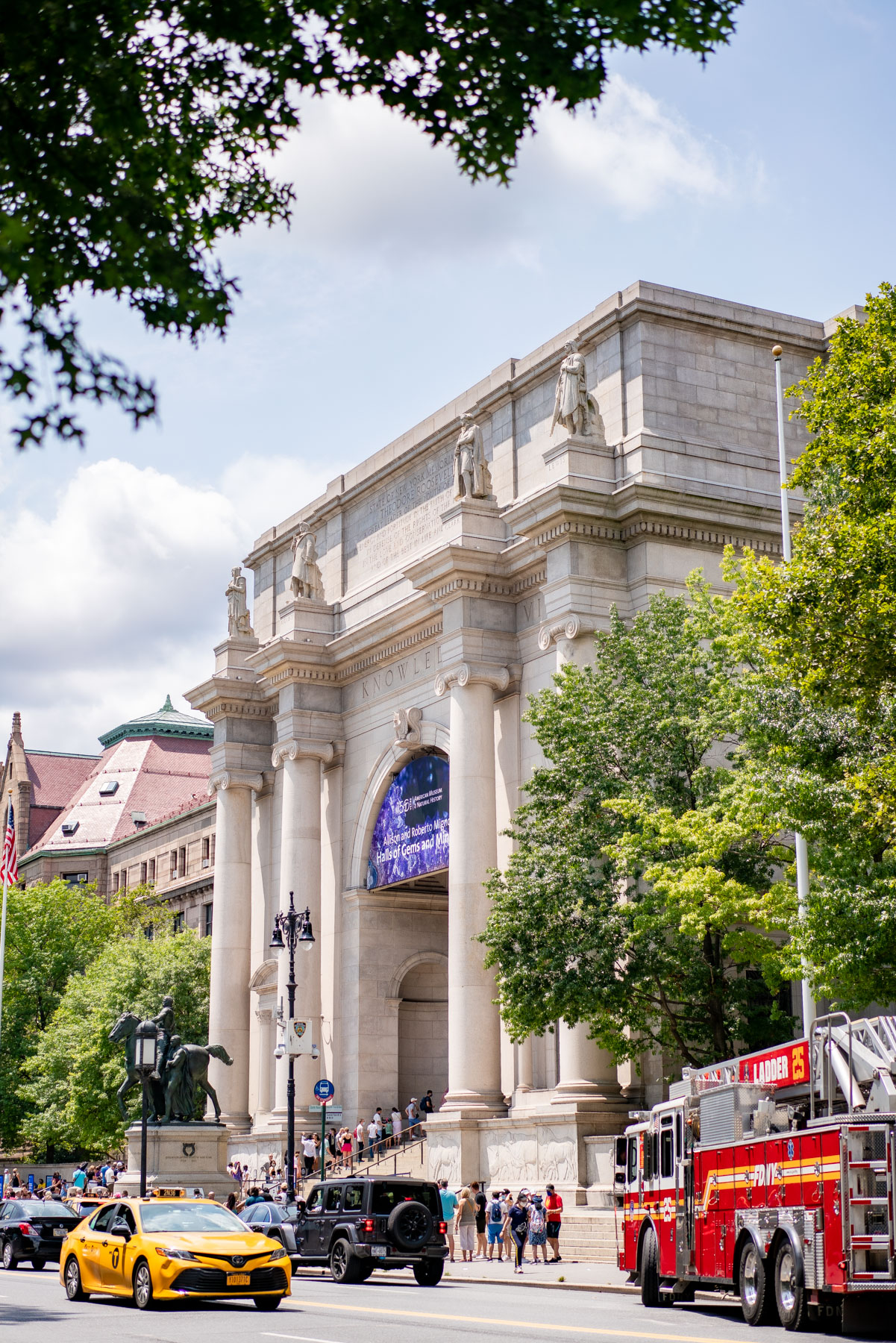
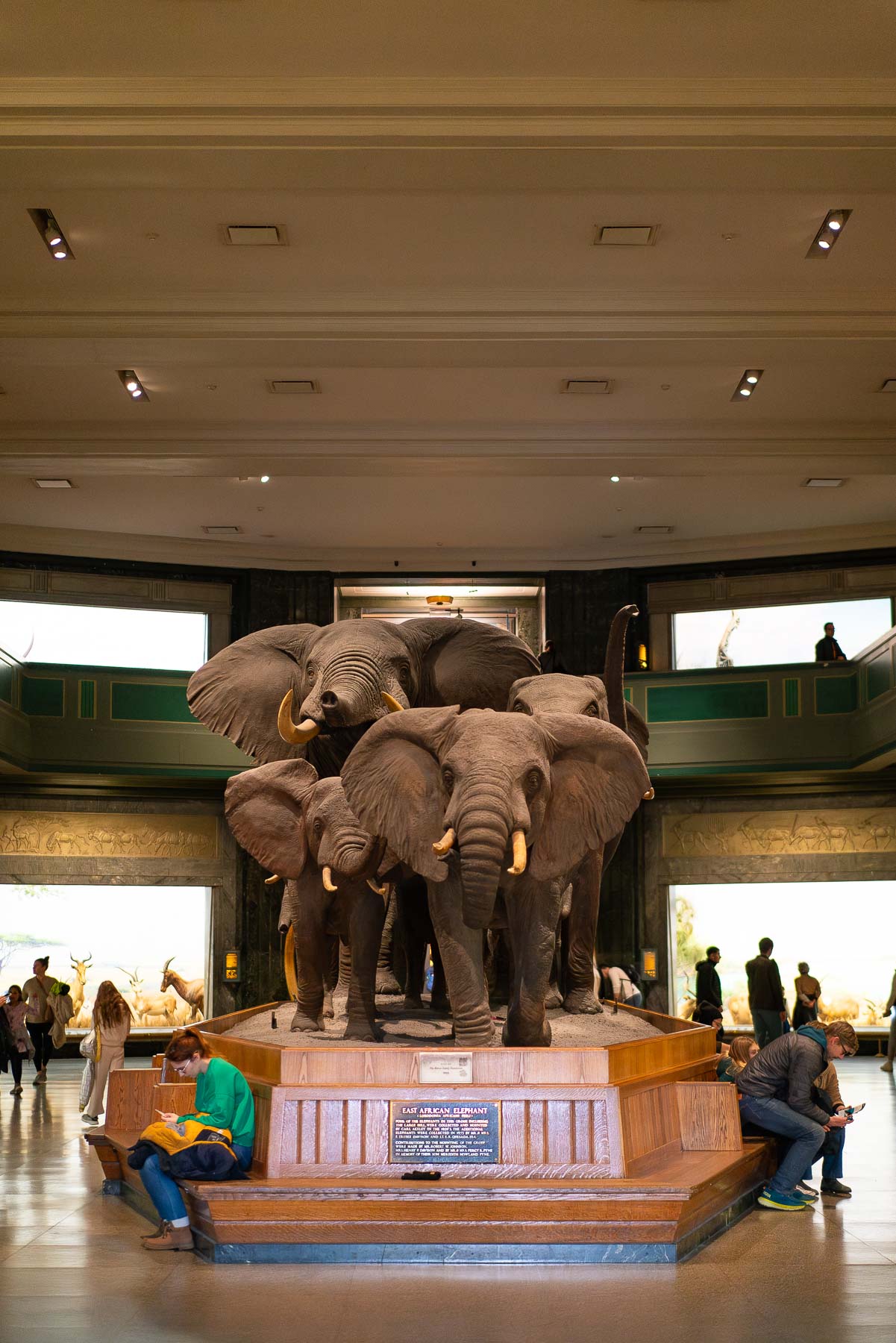

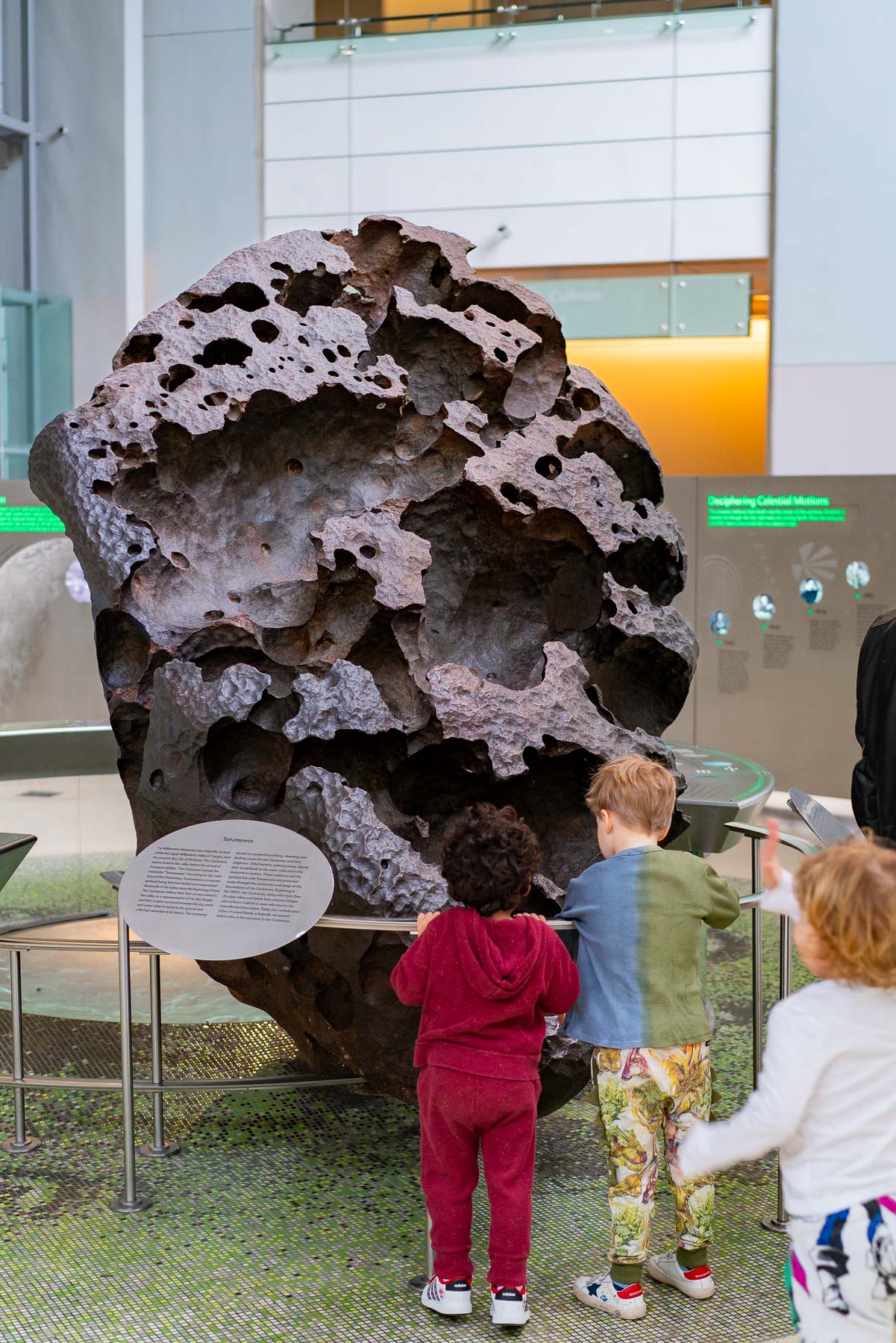
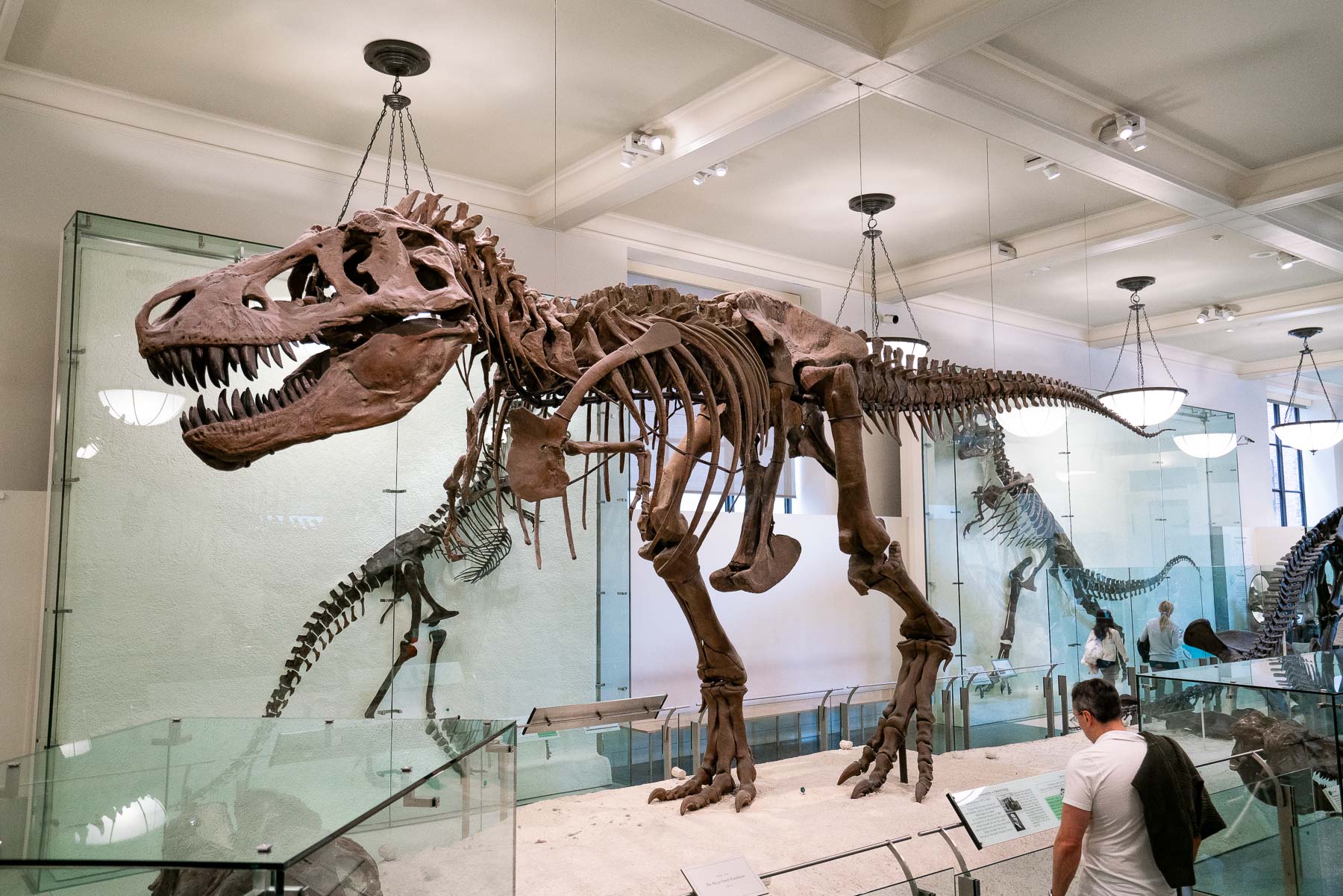
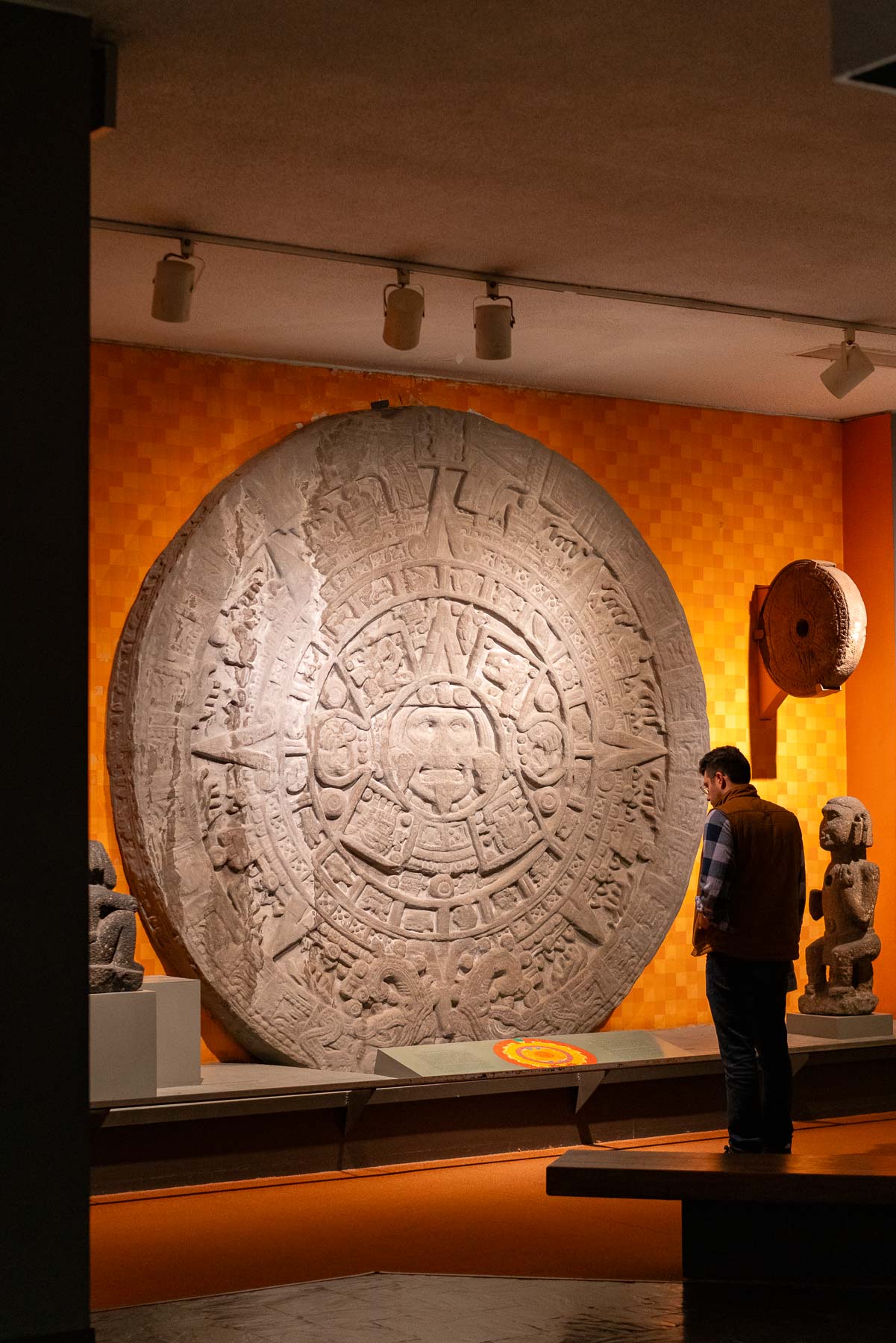
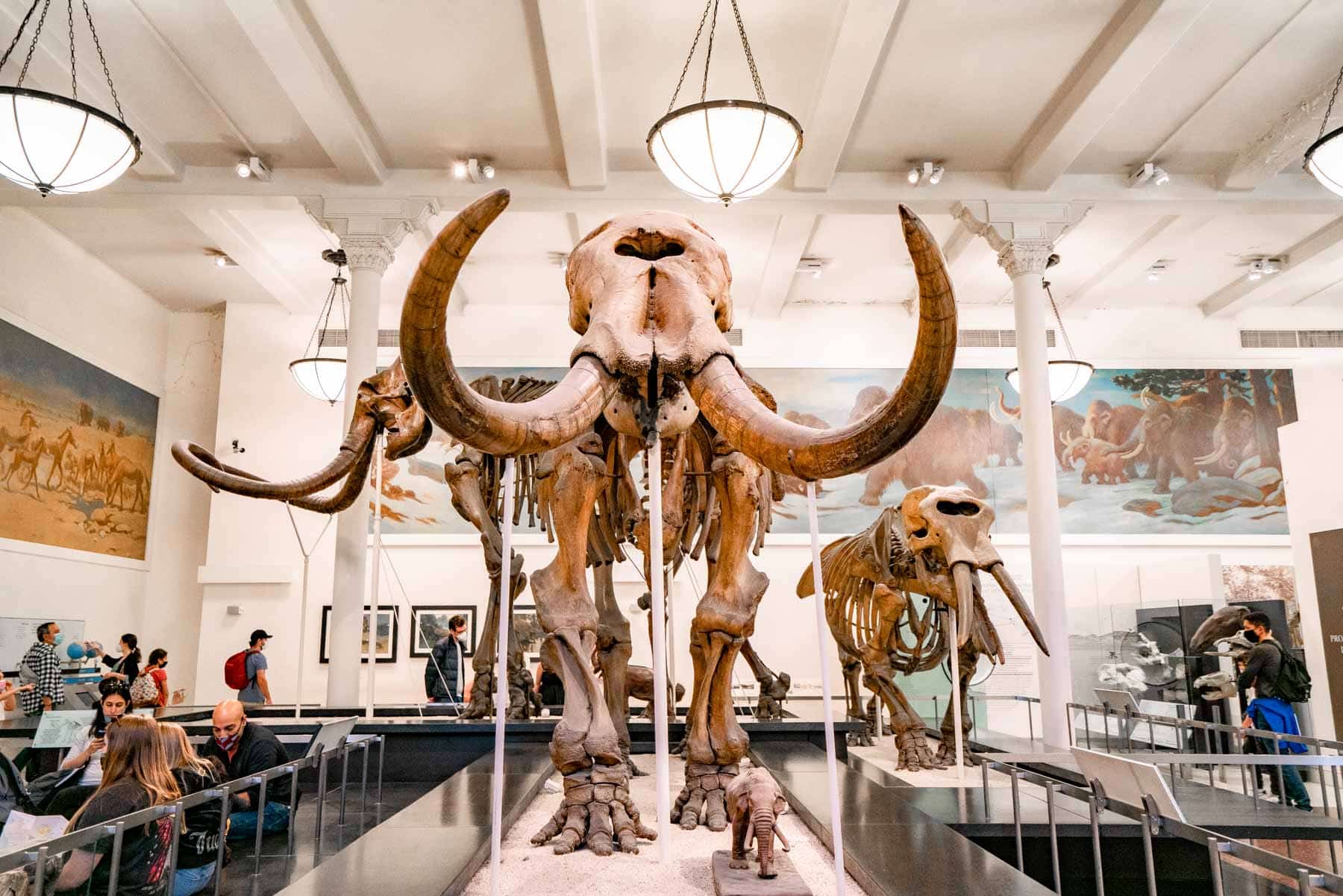
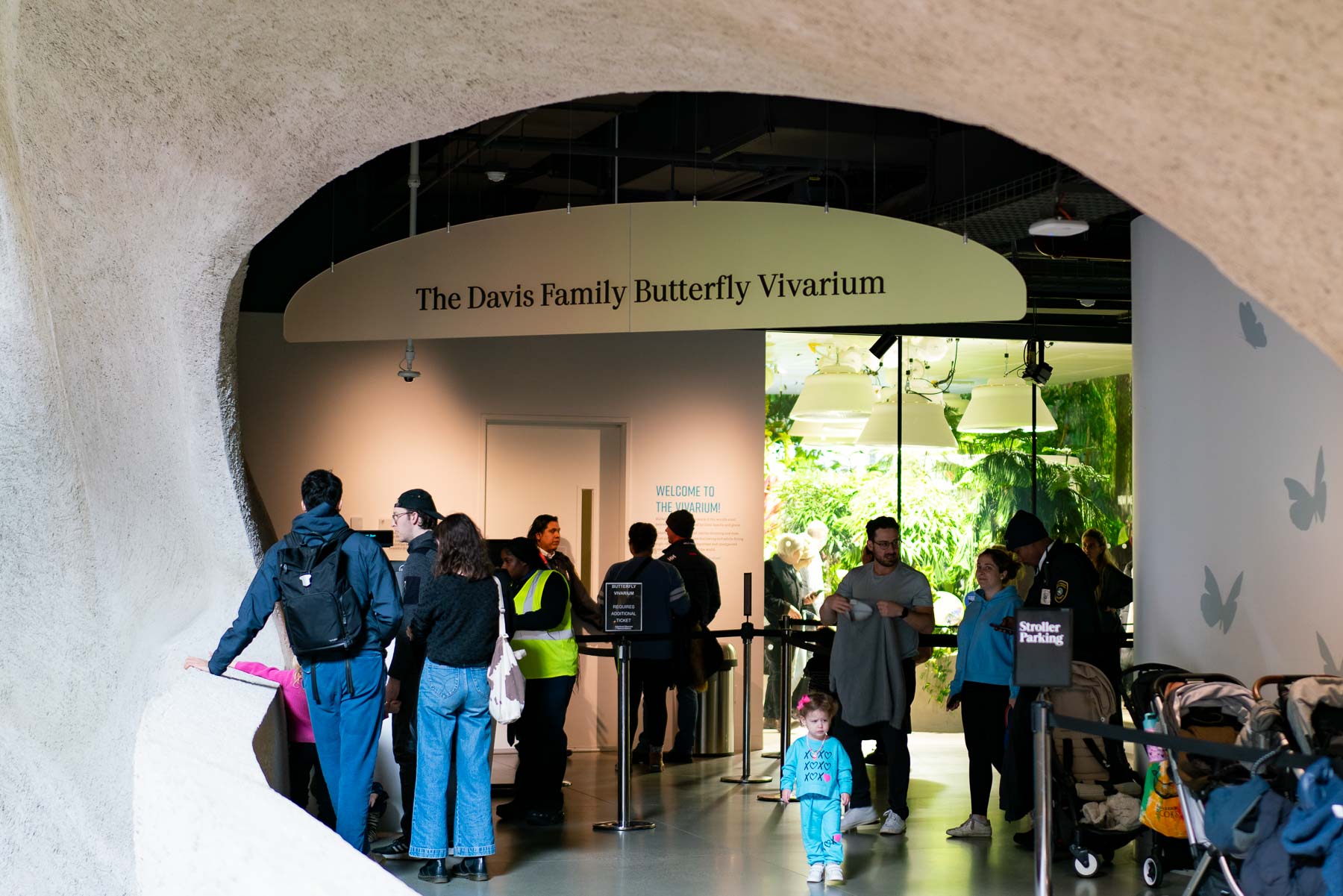
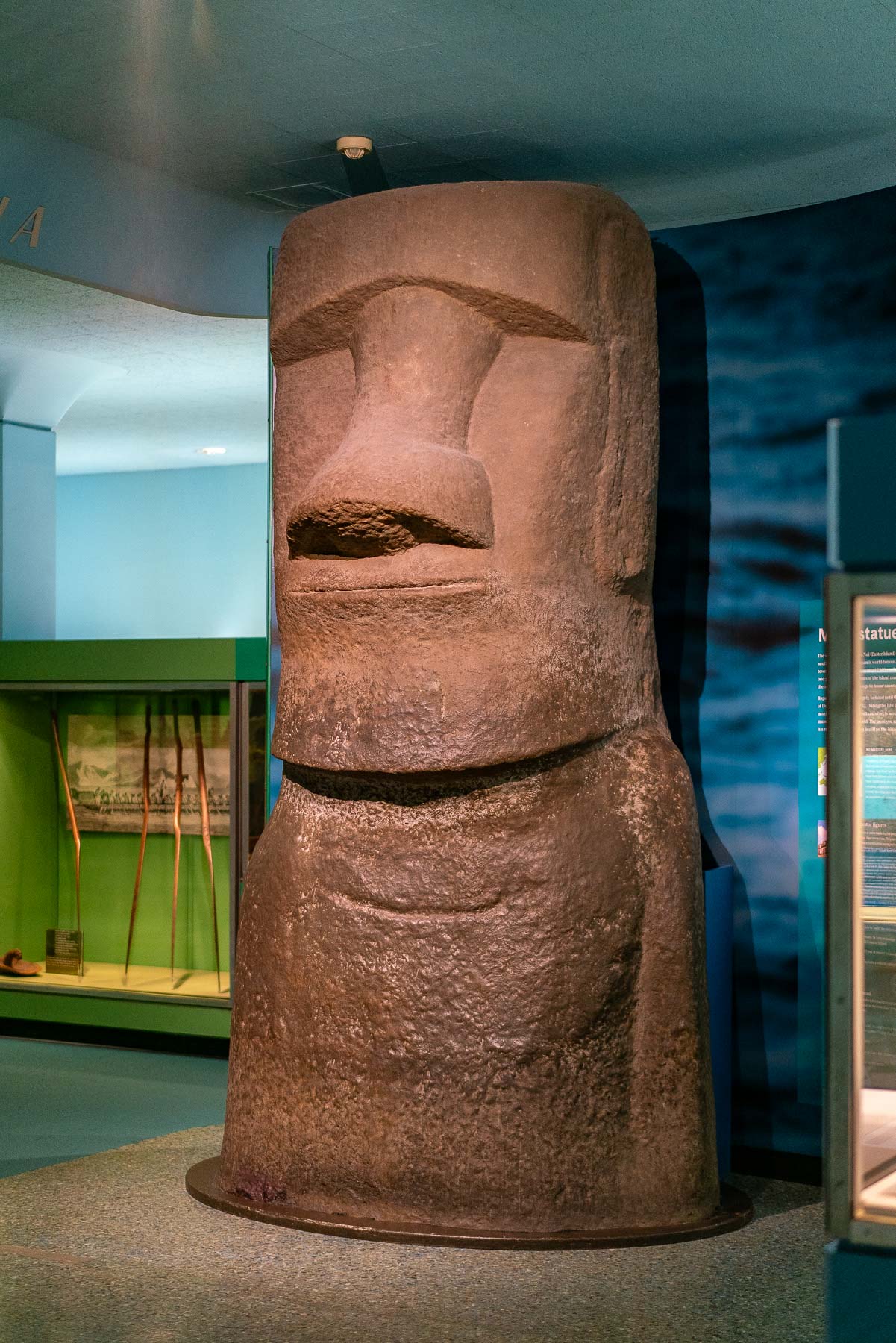
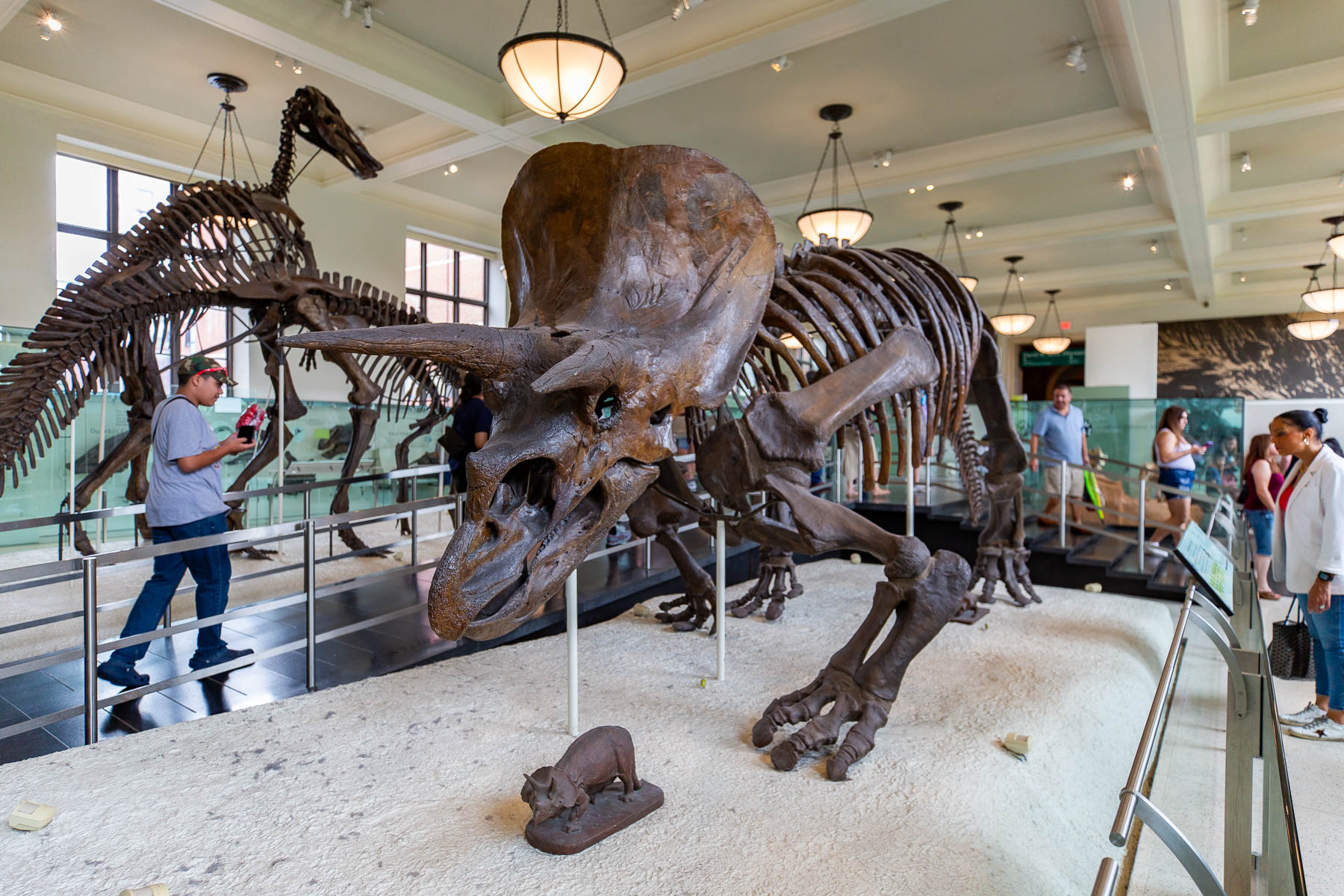
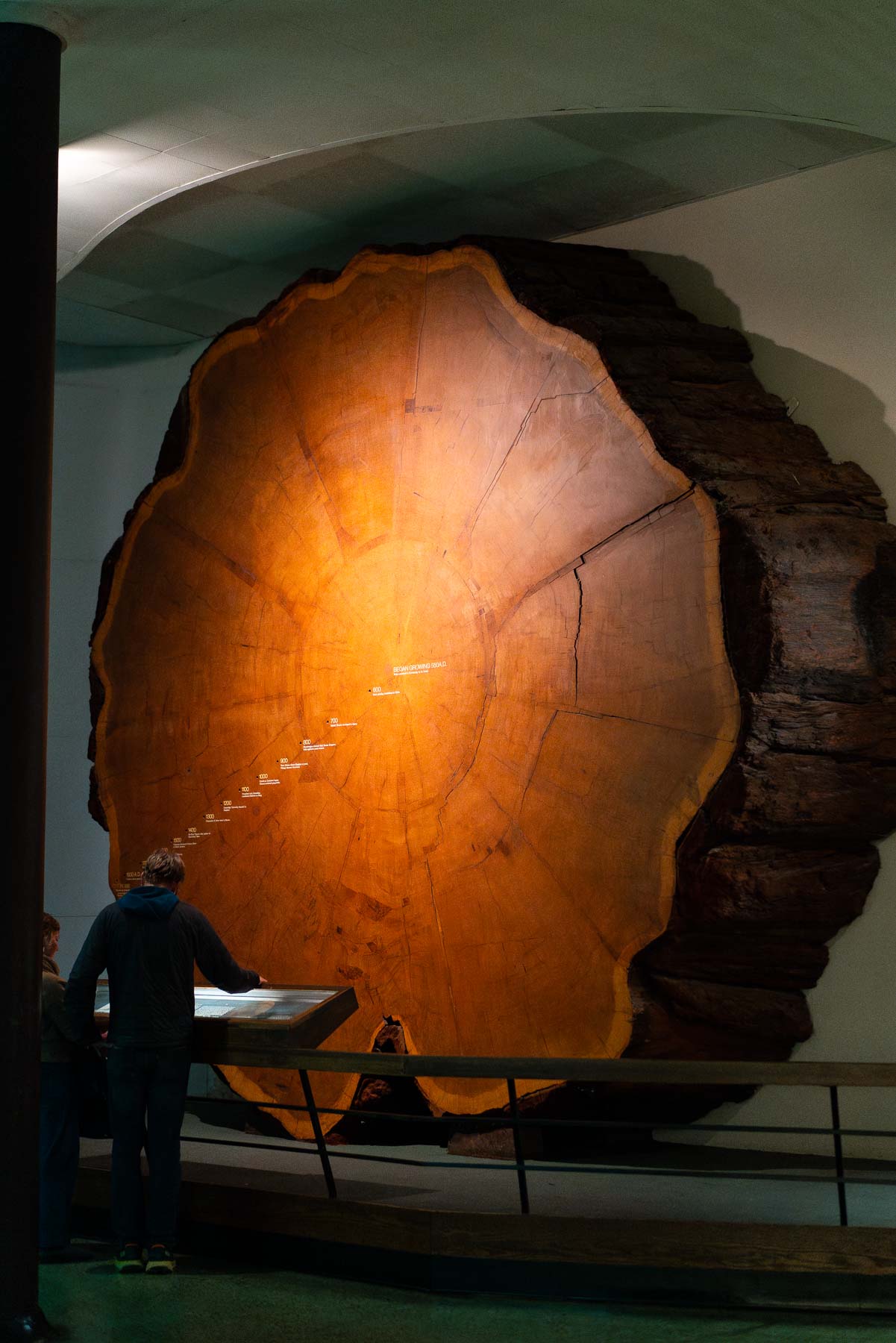
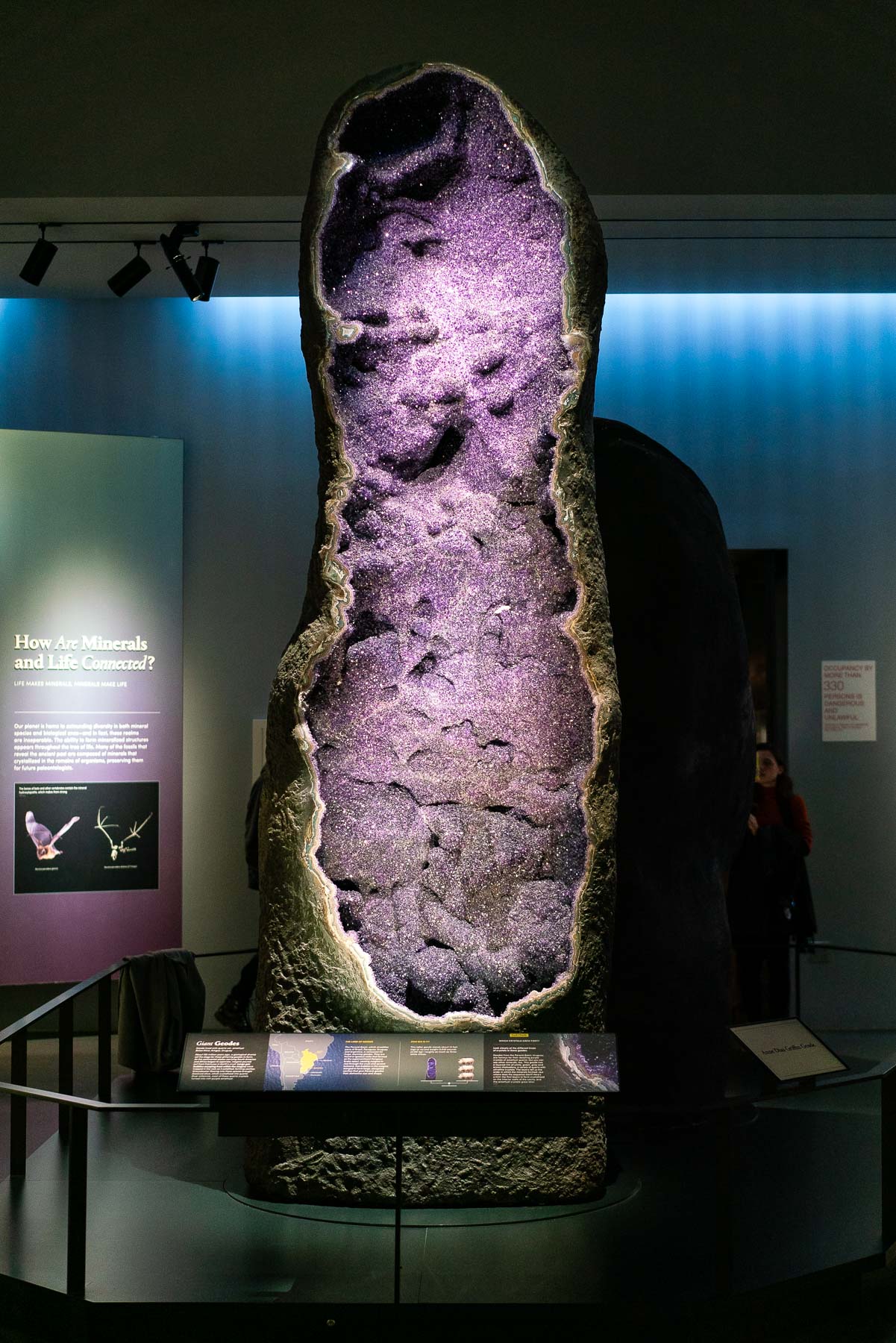
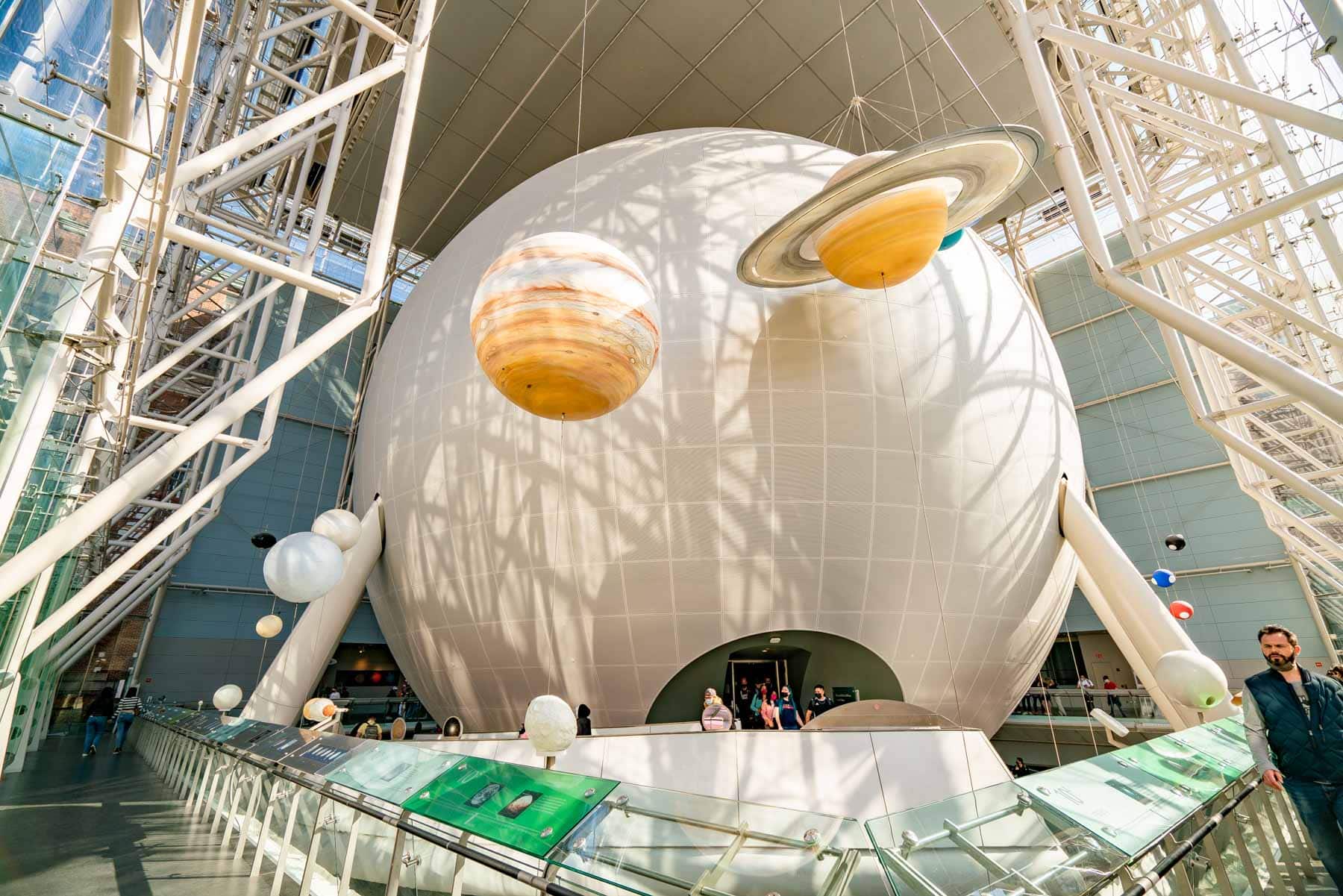



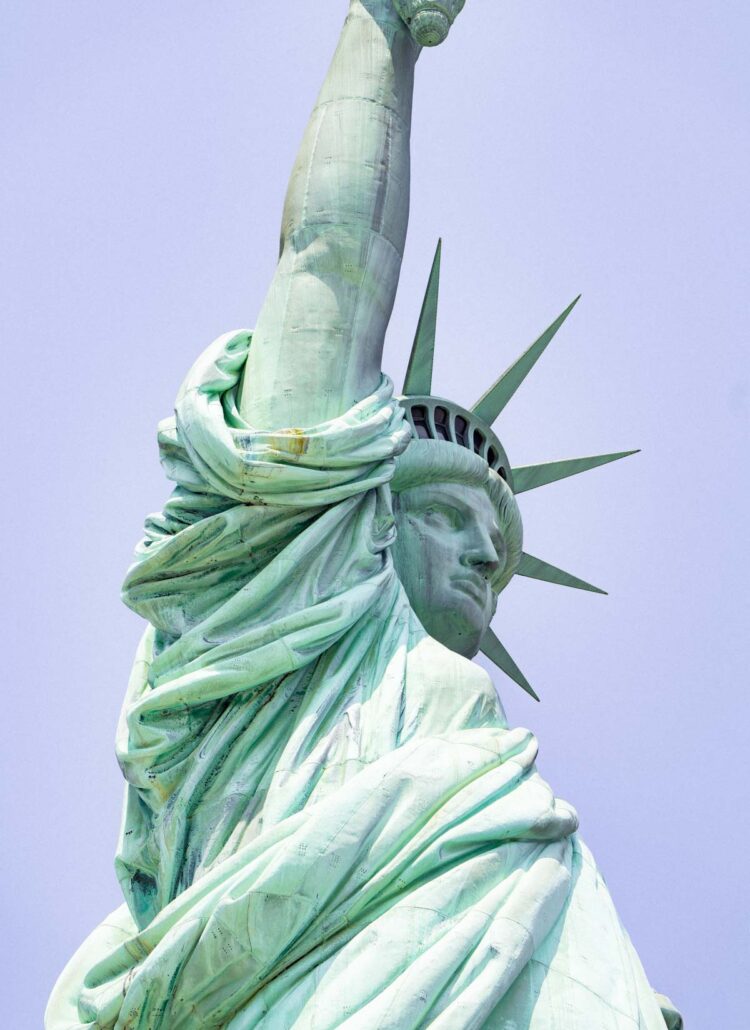

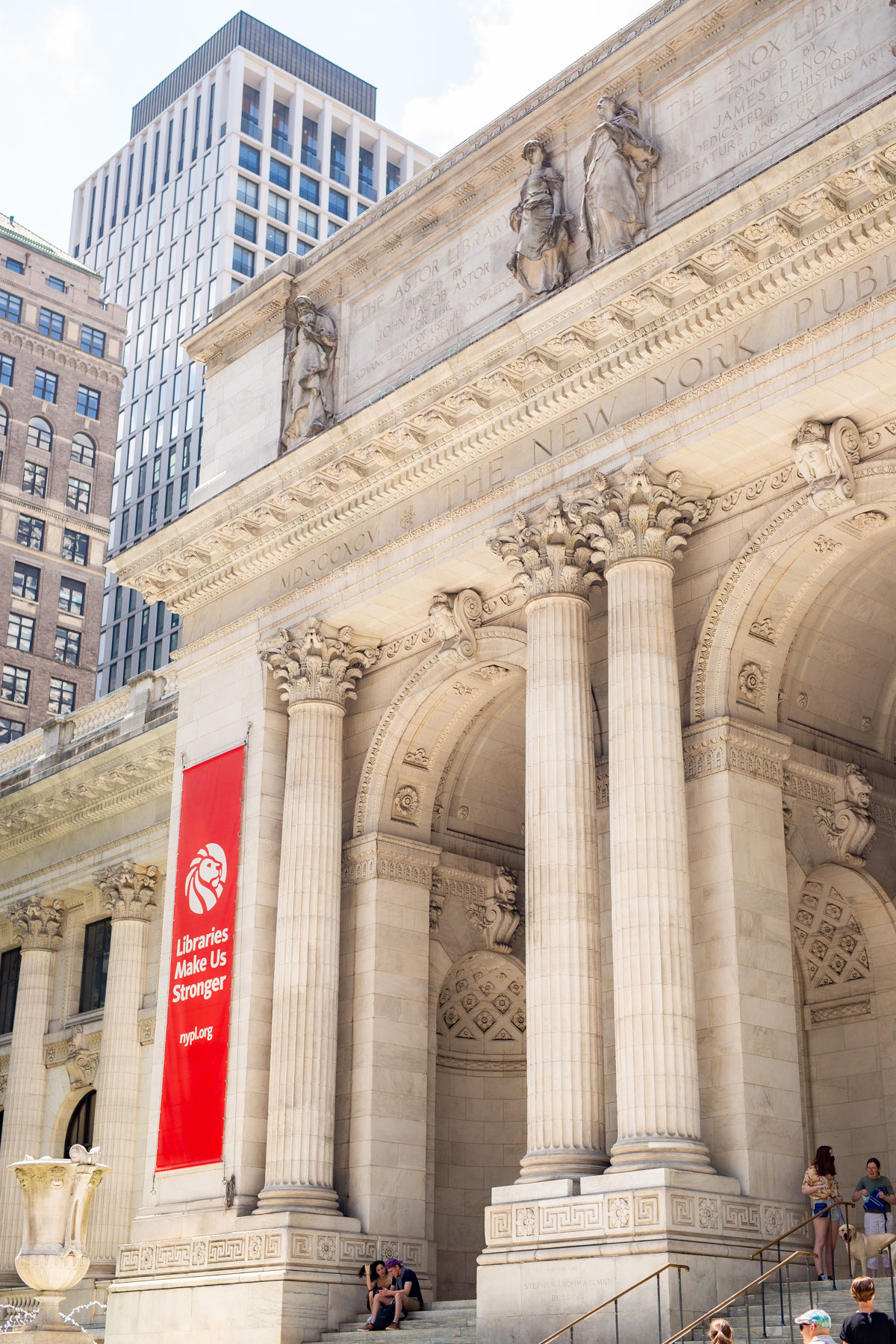
Leave a Reply